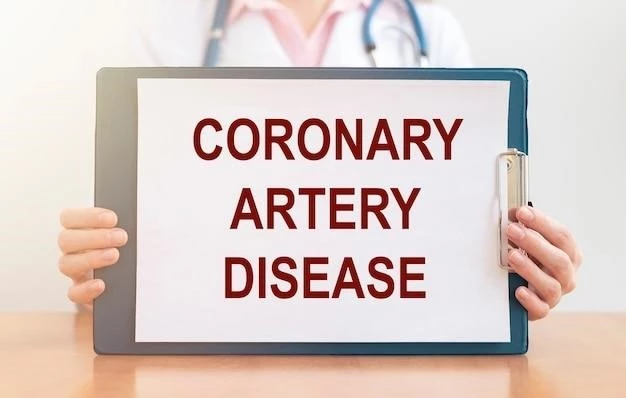Overview of Acrocyanosis
Acrocyanosis is primarily caused by vasospasm in small blood vessels. It presents with persistent bluish discoloration of the skin.
Causes of Acrocyanosis
Acrocyanosis is primarily caused by vasospasm in small blood vessels‚ leading to reduced blood flow to the extremities. Other factors include increased sensitivity to cold temperatures‚ anxiety‚ and emotional stress. Underlying conditions such as connective tissue disorders‚ neurological conditions‚ or hormonal imbalances may also contribute to the development of acrocyanosis.
Symptoms and Diagnosis of Acrocyanosis
Common symptoms include persistent bluish discoloration of the skin on the hands and feet. Diagnosis is primarily based on clinical evaluation.
Clinical symptoms of Acrocyanosis
The clinical symptoms of acrocyanosis include persistent bluish discoloration of the skin on the hands and feet‚ coldness‚ and mild swelling. Patients may experience discomfort due to the color changes. These symptoms are typically bilateral and symmetrical‚ affecting both sides equally. In some cases‚ the skin may appear mottled or have a purplish hue. It is important for healthcare providers to perform a thorough physical examination and consider the patient’s medical history when diagnosing acrocyanosis.
Diagnostic procedures for Acrocyanosis
Diagnosing acrocyanosis is typically based on clinical evaluation of the characteristic symptoms. Additional tests such as Doppler ultrasound may be used to assess blood flow in the affected extremities. In some cases‚ a cold immersion test may be performed to induce discoloration for diagnostic purposes. It is essential for healthcare providers to differentiate acrocyanosis from other conditions presenting with similar symptoms through a comprehensive evaluation.
Acrocyanosis in Infants and Children
Acrocyanosis in infants and children may present similarly to adults but requires specialized care and management approaches.
Presentation of Acrocyanosis in infants
In infants‚ acrocyanosis may manifest as persistent bluish discoloration of the hands and feet‚ often noticed shortly after birth. Careful monitoring and assessment are crucial to ensure proper management and address any underlying causes.
Management strategies for children with Acrocyanosis
Management of acrocyanosis in children involves maintaining warmth‚ ensuring proper clothing‚ and addressing any underlying conditions contributing to the symptoms. Monitoring for changes in symptoms and regular follow-ups with a healthcare provider are essential to track progress and adjust the management plan accordingly.
Treatment Options for Acrocyanosis
Treatment options for acrocyanosis may include pharmacological and non-pharmacological interventions tailored to manage symptoms.
Pharmacological treatments for Acrocyanosis
Pharmacological treatments for acrocyanosis may include vasodilators‚ calcium channel blockers‚ or other medications aimed at improving blood flow to the affected extremities. These medications are prescribed based on the individual’s symptoms and underlying conditions contributing to acrocyanosis.
Non-pharmacological interventions for Acrocyanosis
Non-pharmacological interventions for acrocyanosis may include lifestyle modifications such as keeping the extremities warm‚ avoiding cold temperatures‚ regular physical activity to promote circulation‚ and stress management techniques. These interventions aim to reduce symptoms and improve overall quality of life for individuals with acrocyanosis.

Lifestyle Management for Acrocyanosis
Educating individuals on lifestyle modifications plays a key role in managing acrocyanosis symptoms effectively.
Recommended lifestyle modifications for individuals with Acrocyanosis
Recommended lifestyle modifications for acrocyanosis include wearing warm clothing‚ avoiding prolonged exposure to cold‚ engaging in regular physical activity‚ practicing stress management techniques‚ and ensuring adequate hydration. These lifestyle changes can help improve blood circulation and reduce the frequency and severity of symptoms associated with acrocyanosis.
Complications Associated with Acrocyanosis
Complications of acrocyanosis are typically mild and rare‚ but in some cases‚ chronic hypoxia and reduced blood flow may lead to skin breakdown‚ ulceration‚ or infections in the affected extremities. Regular monitoring and proper management can help prevent potential complications and improve outcomes for individuals with acrocyanosis.
Acrocyanosis vs. Raynaud’s Phenomenon
Acrocyanosis and Raynaud’s Phenomenon are both vascular disorders‚ but the key difference lies in their presentation and underlying causes. While acrocyanosis mainly involves persistent bluish discoloration of the extremities due to vasospasm‚ Raynaud’s Phenomenon is characterized by episodic color changes triggered by cold or stress. Proper diagnosis by a healthcare professional is crucial to differentiate between the two conditions and determine appropriate treatment approaches.
Research and Innovations in Acrocyanosis Treatment
Ongoing research in acrocyanosis focuses on exploring novel pharmacological agents‚ advanced treatment modalities‚ and personalized interventions to improve symptom management and enhance quality of life for individuals affected by this condition. Innovations in treatment approaches aim to address the underlying mechanisms of acrocyanosis and optimize therapeutic outcomes. Collaboration between researchers‚ clinicians‚ and industry stakeholders plays a crucial role in advancing the field of acrocyanosis treatment.
